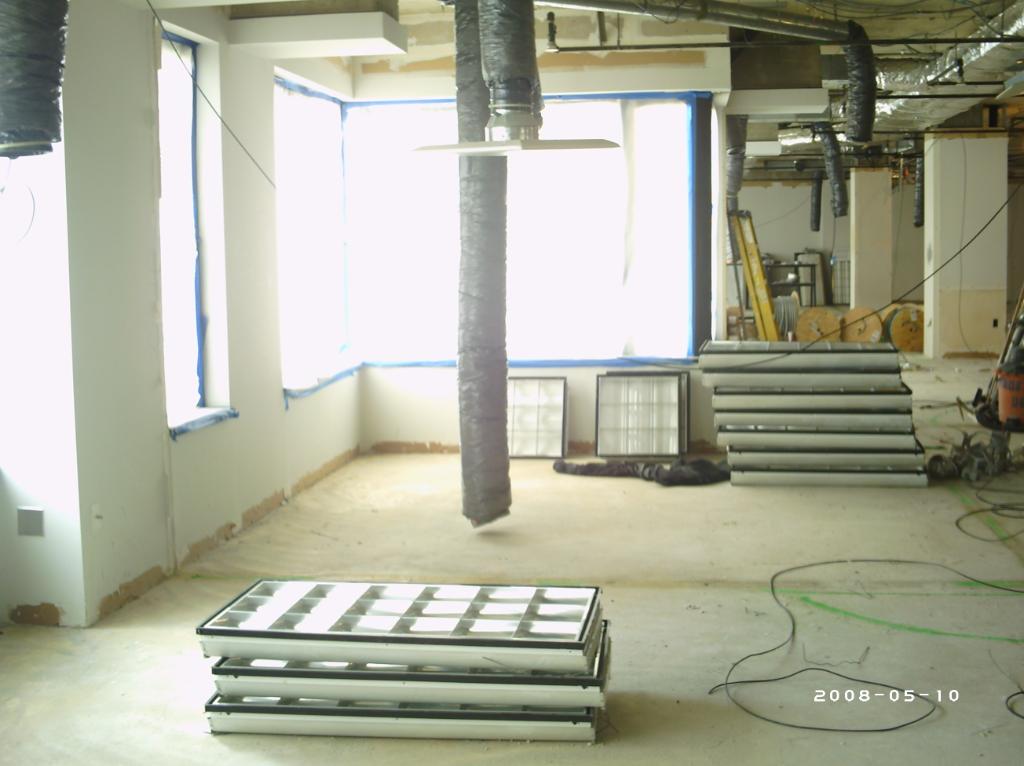
Planning the Cabling for Your New Location – Part 2
 As discussed in Part 1, moving often overwhelms staff, and cabling for data, power, communications, and security may not be prioritized adequately. Part 2 will discuss Health & Safety, Flexibility, Future Growth, and Structured Cabling. Consult with an experienced and expert cabling company prior to starting your project to get the best results.
As discussed in Part 1, moving often overwhelms staff, and cabling for data, power, communications, and security may not be prioritized adequately. Part 2 will discuss Health & Safety, Flexibility, Future Growth, and Structured Cabling. Consult with an experienced and expert cabling company prior to starting your project to get the best results.
Health & Safety
Consideration should be given to the health and safety of both employees and staff when planning the cabling at your new facility. Wiring that provides connections to equipment and telecommunications and power companies should not endanger the welfare of people by blocking emergency exits, ventilation ducts, and cooling systems.
Ensure that regulatory compliance for securing certain types of sensitive or personal data will be met. This will require locating data storage, servers, and equipment processing transactions properly. Their positions should be considered during the mapping process.
Flexibility
Market conditions can become very fluid, and perhaps only a brief time after moving into a new location will an organization have to make changes in its cabling. Well-designed structured cabling will ensure flexibility that allows a company to make additions and revisions in the most efficient and fastest manner possible to reallocate resources.
Future Growth
The cabling of an organization should give allowance for future expansion of its IT infrastructure. The growth of its business may require the company to seek greater bandwidth, increased communication channels, more electrical power, and additional space. Although the future of a business is often very hard to predict, it is still possible to make projections given the current market and its prospects in the coming years.
Structured Cabling
Having your data, communications, and power cabling installed by several different contractors will work against a properly configured cabling system. This haphazard approach may also result in higher management and maintenance costs. Governed by proven industry standards, a structured cabling system will provide a company an integrated IT infrastructure that allows for ease of maintenance, flexibility, and expansion.
Progressive Office Cabling
Founded in 1986, Progressive Office’s success has been a direct result of years of commitment to seeking solutions on behalf of our clients in the Washington, D.C. and New York City areas. Efficiently working together, Progressive teams get cabling installed and operating as fast as possible while minimizing disruption and downtime. Call our toll free number (800) 614-4560 today.


 As discussed in Part 1, the improper I can result in poor network performance, maintenance issues, and concealed expenses. Part 2 will discuss four more
As discussed in Part 1, the improper I can result in poor network performance, maintenance issues, and concealed expenses. Part 2 will discuss four more 
 Moving your company also means relocating and setting up its
Moving your company also means relocating and setting up its 
 Always study and document the required
Always study and document the required 
